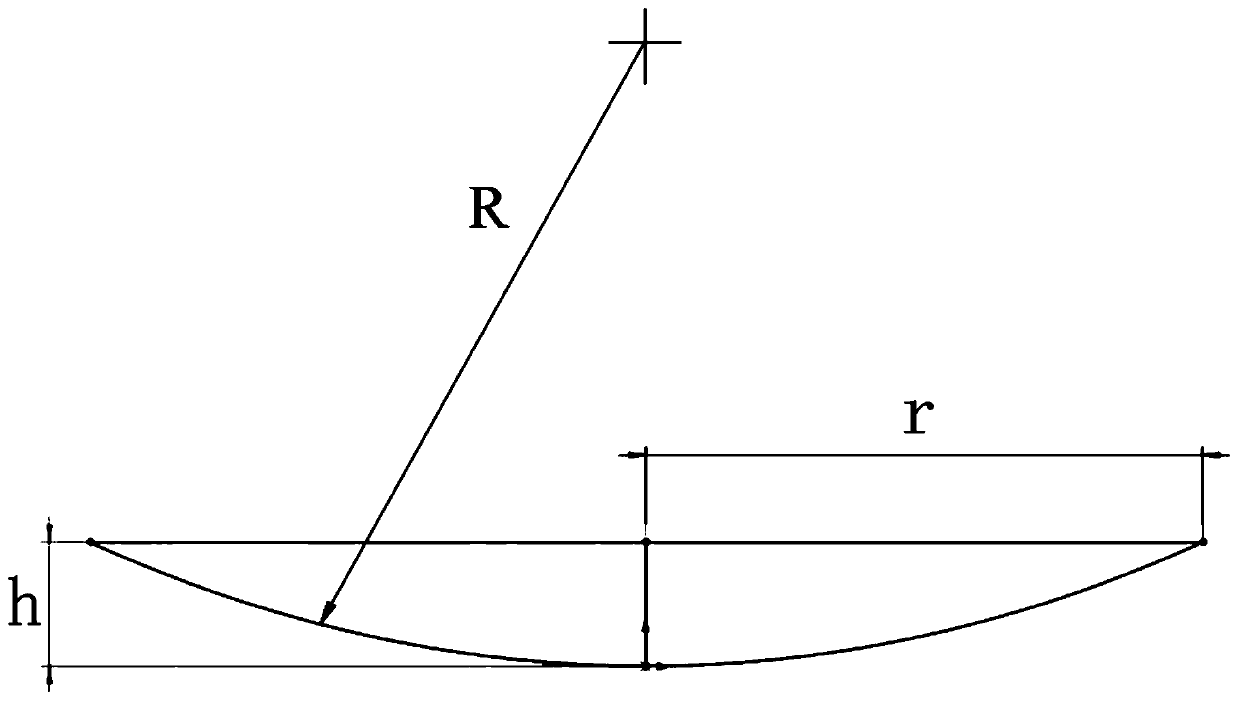Die forming pre-compensation method for aspheric glass lens
An aspheric lens, molding technology, applied in the direction of design optimization/simulation, etc., can solve the problem of reducing the reliability of pre-compensation parameters, affecting the lens deviation value, etc., to achieve compensation for profile deviation, strong practical value, and saving numerical simulation effect of steps
- Summary
- Abstract
- Description
- Claims
- Application Information
AI Technical Summary
Problems solved by technology
Method used
Image
Examples
Embodiment
[0037] 1. Lens surface characterization and compensation value determination
[0038] For glass aspheric lenses, the profile is generally expressed by the following formula:
[0039]
[0040] Among them, the parameters c, k, a 2 , a 4 , a 6 , a 8 , a 10 , a 12 Can uniquely identify a specific aspheric lens. Its aspherical height h=y(r).
[0041] Here, through empirical data collected in actual production, compensation schemes for two different lenses are obtained. The lens radius r, the target surface parameters and the mold surface parameters after compensation are shown in the table below, and the general mold surface compensation method can be deduced accordingly.
[0042] Table 1 The original and compensated profiles of the two lenses
[0043]
[0044] It can be seen from practical experience that the radius of curvature R and the conic coefficient k of the aspheric surface are generally not changed during mold compensation, but only a series of polynomial c...
PUM
 Login to view more
Login to view more Abstract
Description
Claims
Application Information
 Login to view more
Login to view more - R&D Engineer
- R&D Manager
- IP Professional
- Industry Leading Data Capabilities
- Powerful AI technology
- Patent DNA Extraction
Browse by: Latest US Patents, China's latest patents, Technical Efficacy Thesaurus, Application Domain, Technology Topic.
© 2024 PatSnap. All rights reserved.Legal|Privacy policy|Modern Slavery Act Transparency Statement|Sitemap



